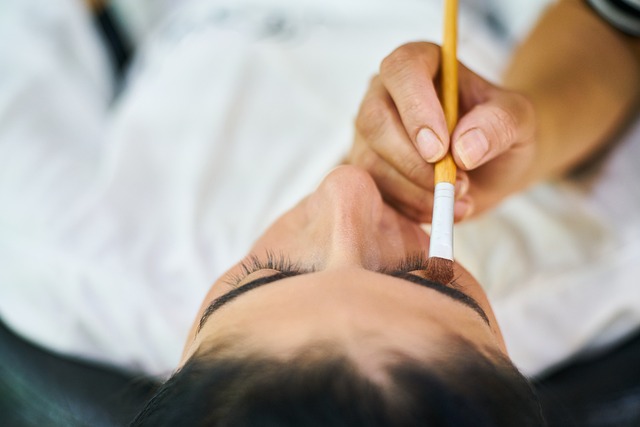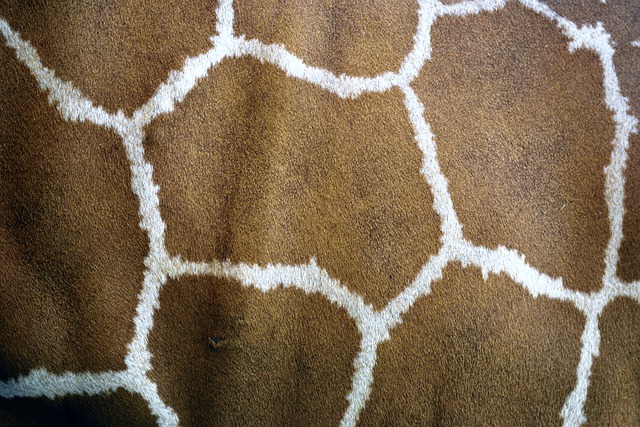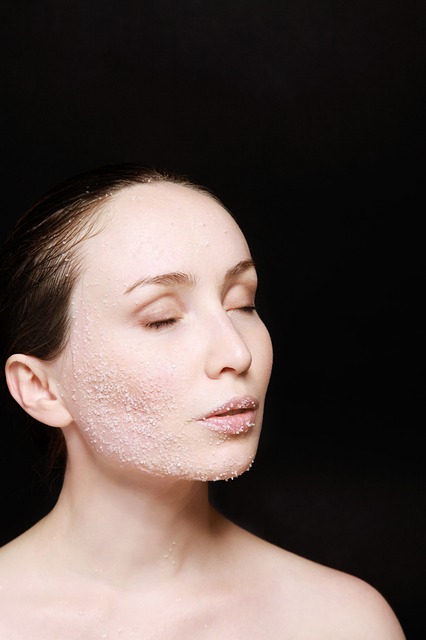Acne scars can significantly affect self-esteem, but RF Skin Resurfacing offers a promising solution. This non-invasive technique uses radiofrequency energy to stimulate collagen production and remodel skin, minimizing depressed and raised scars. With minimal downtime, quick recovery, and effective results, it's an attractive alternative to surgery for improving skin texture and confidence. Choosing the right clinic is key; look for seasoned dermatologists with positive reviews, advanced equipment, and tailored aftercare instructions.
Acne scars can leave lasting marks on one’s skin and self-esteem. For those seeking effective solutions, RF Skin Resurfacing emerges as a promising treatment. This article delves into the world of acne scars, exploring their impact and the transformative potential of RF Skin Resurfacing. We’ll unravel the science behind this technology, outline the benefits, detail the procedure, and guide you in choosing the right clinic for optimal results.
Understanding Acne Scars and Their Impact

Acne scars can significantly impact an individual’s self-esteem and overall confidence, leaving behind indelible marks on the skin after an acne breakout. These scars range from mild depressions to deep pits, known as atrophic scars, or raised bumps, called hypertrophic or keloid scars. Understanding the formation of these scars is crucial in addressing their presence effectively. Acne develops when hair follicles become clogged with sebum and dead skin cells, leading to inflammation. Over time, this inflammation can cause collagen degradation, resulting in scar tissue formation. RF Skin Resurfacing, a cutting-edge technique using radiofrequency energy, offers a promising solution for those seeking to minimize the appearance of acne scars.
The impact of acne scars extends beyond physical concerns, affecting one’s social and emotional well-being. Many individuals feel self-conscious about their skin, leading to avoidance of certain social situations or professional opportunities. RF Skin Resurfacing aims to restore the skin’s surface by encouraging collagen production and remodelling, effectively reducing the visibility of these scars over time. This non-invasive procedure provides a safer and more controlled approach compared to traditional methods, ensuring minimal downtime and improved results for individuals looking to reclaim their confidence.
What is RF Skin Resurfacing?

RF Skin Resurfacing, or Radiofrequency (RF) skin treatment, is a non-invasive procedure that utilizes targeted radio waves to stimulate collagen production and remodel the skin’s surface. This advanced technology offers a safe and effective way to address various skin concerns, particularly acne scars. During the process, fine needles penetrate the skin, delivering energy to the deeper layers, encouraging cell renewal and promoting the growth of healthy, new skin.
Compared to other resurfacing methods, RF Skin Resurfacing is often preferred for its minimal downtime and precision. It can effectively smoothen out depressed acne scars, improving skin texture and overall appearance. This procedure is suitable for individuals with mild to moderate scarring, providing a non-surgical alternative to more aggressive treatments.
Benefits of RF Skin Resurfacing for Acne Scars

RF Skin Resurfacing offers a multitude of benefits for individuals looking to address acne scars effectively. This non-invasive procedure utilizes radiofrequency energy to stimulate collagen production, which is key to achieving smoother, more even skin texture. By targeting specific depth layers of the dermis, RF Skin Resurfacing promotes the growth of new, healthy skin cells, reducing the appearance of depressed or raised acne scars.
One of its significant advantages lies in its ability to enhance overall skin quality. The process not only minimizes scarring but also improves skin elasticity and hydration. Many patients report experiencing a more radiant and youthful complexion post-treatment, making RF Skin Resurfacing an attractive option for those seeking long-lasting results without the need for repeated procedures or extensive downtime associated with other resurfacing methods.
The Science Behind Radiofrequency (RF) Technology

Radiofrequency (RF) skin resurfacing is a cutting-edge technology that has gained significant attention in dermatological treatments. This non-invasive procedure harnesses the power of radio waves to stimulate collagen production and remodel the skin’s structure. When applied to acne scars, RF energy heats the deeper layers of the skin, encouraging the body to generate new collagen fibers, which are essential for achieving smoother, more even skin texture. The process involves careful settings to ensure targeted heating, minimizing damage to the superficial skin layers.
RF Skin Resurfacing offers a safe and effective alternative to surgical procedures, as it can subtly enhance the appearance of acne scars without extensive downtime. By penetrating the skin’s upper layers, RF technology promotes cellular regeneration, resulting in improved skin elasticity and a reduced appearance of depression or pitting scars. This scientific approach has proven successful in numerous studies, making it a sought-after treatment option for those seeking to restore their skin’s confidence and texture.
Procedure, Recovery, and Aftercare

Procedure:
RF (Radio Frequency) Skin Resurfacing is a non-invasive treatment that utilizes focused radio waves to stimulate collagen production and remodel skin tissue. During the procedure, fine needles are used to create tiny channels in the skin, triggering the body’s natural healing process. This innovative approach offers a precise and controlled way to improve skin texture and reduce the appearance of acne scars. The treatment is typically quick, often taking less than an hour, and is usually well-tolerated with minimal discomfort.
Recovery:
Post-procedure, patients can expect some redness and mild swelling, similar to a sunburn, which usually subsides within a few days. Most individuals can resume their normal activities soon after, but it’s recommended to avoid strenuous exercise and direct sunlight during the recovery period. Skincare experts often suggest using gentle, hydrating products to support the healing process. As the skin regenerates, old scars fade, revealing smoother, more even-toned skin.
Aftercare:
Proper aftercare is vital for optimal results. Patients should follow their dermatologist’s instructions regarding cleaning and moisturizing the treated area. Using sunscreen is essential to protect the sensitive skin as it heals. Regular check-ins with a skincare specialist allow for monitoring of the healing process and any potential complications, ensuring the best possible outcome. Over time, the treated skin will appear more youthful and radiant, providing a lasting solution to acne scars.
Choosing the Right Clinic and Considerations

Choosing the right clinic for RF (Radiofrequency) skin resurfacing is crucial. Look for establishments with experienced dermatologists who specialize in this non-invasive procedure. Ensure they have a proven track record and positive patient testimonials. The clinic’s hygiene, equipment, and overall ambiance should be professional and reassuring.
Considerations include understanding the treatment process, expected results, and potential side effects. During your consultation, ask about the specific RF technology used, numbing options, and post-treatment care. Remember, a reputable clinic will prioritize your safety and satisfaction, providing detailed pre- and post-care instructions tailored to your needs.
